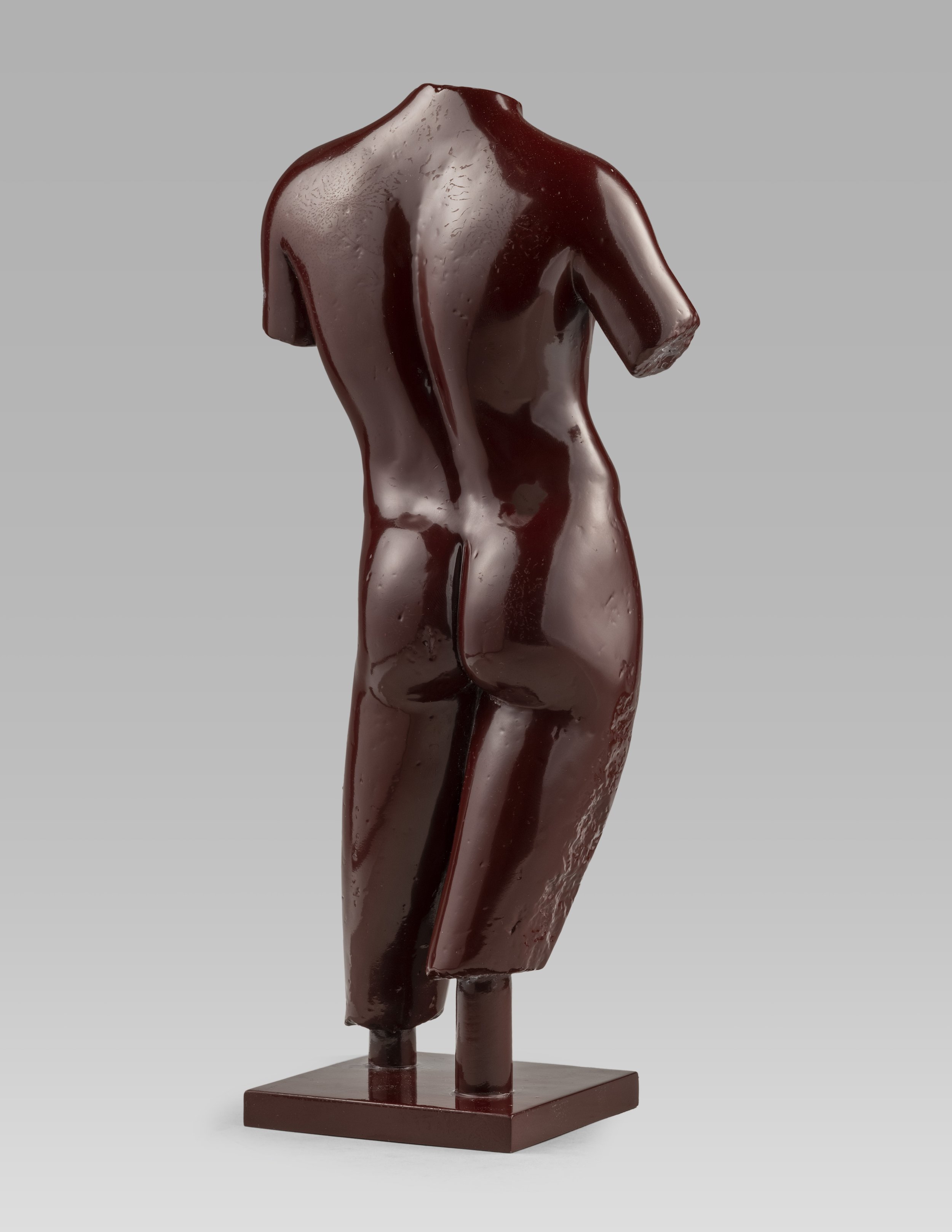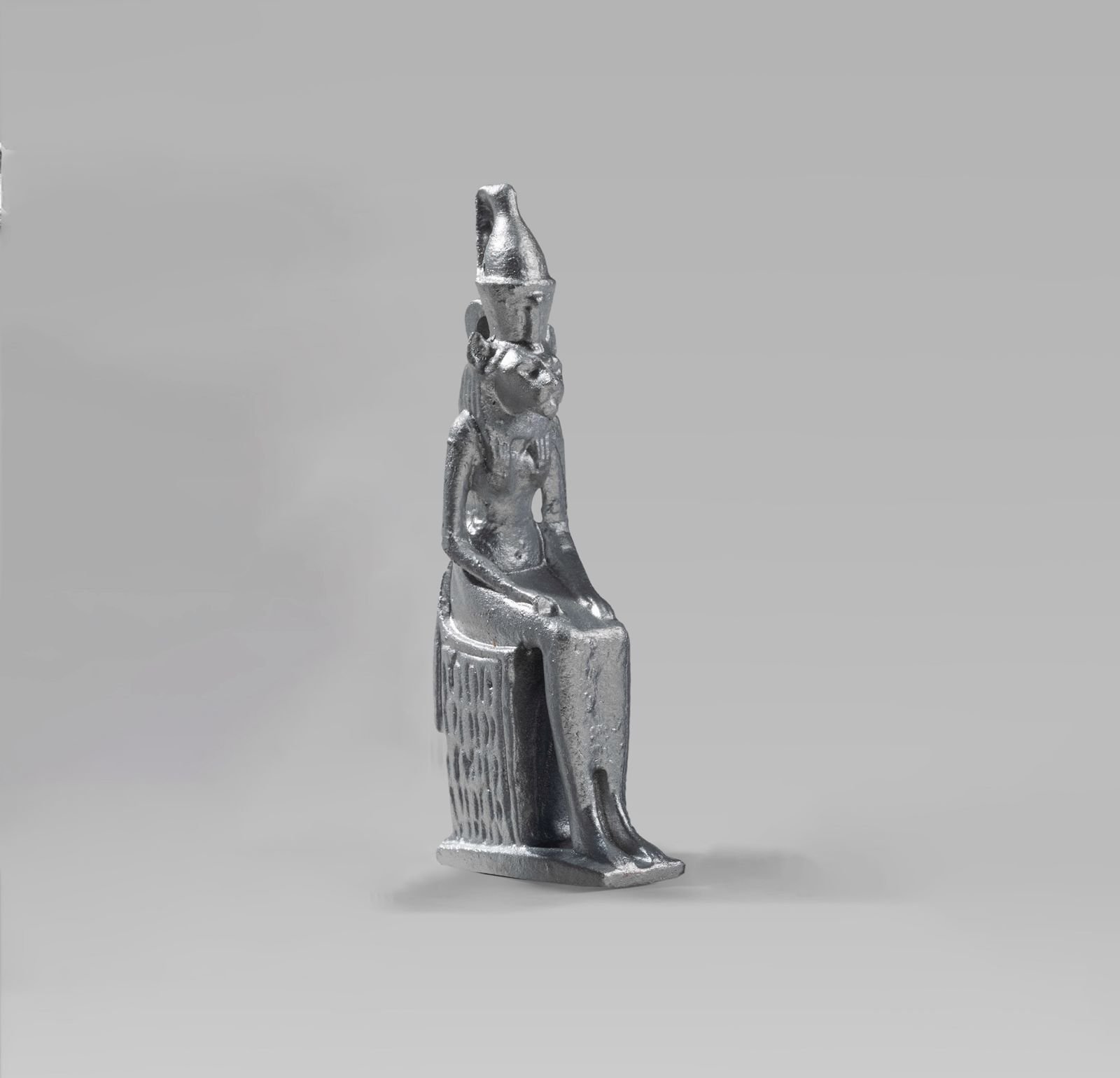 Image 1 of
Image 1 of


"Naxos" Gold Cycladic Idol
This polyresin Cycladic idol originates from the Mediterranean, inspired by the mysterious art of an ancient civilization. This brazen and blazing redgold is a luxurious reimagined artwork built for the future.
The original marble idol dates to Early Cycladic II, circa 2500-2400 B.C., attributed to a prolific Naxos Sculptor of the Spedos variety. Details were highlighted red and blue pigments, while surviving almond-shaped eyes feature dotted pupils. This golden-toned version adds a brighter, luxurious touch.
Cycladic marble idols, typically depicting reclining folded-arm female figures, originate from the Cyclades in the Aegean Sea. Known for their simple, appealing design, these statuettes are central to Cycladic art. Historians interpret them as concubines for the deceased, offering protection in the afterlife.
This polyresin Cycladic idol originates from the Mediterranean, inspired by the mysterious art of an ancient civilization. This brazen and blazing redgold is a luxurious reimagined artwork built for the future.
The original marble idol dates to Early Cycladic II, circa 2500-2400 B.C., attributed to a prolific Naxos Sculptor of the Spedos variety. Details were highlighted red and blue pigments, while surviving almond-shaped eyes feature dotted pupils. This golden-toned version adds a brighter, luxurious touch.
Cycladic marble idols, typically depicting reclining folded-arm female figures, originate from the Cyclades in the Aegean Sea. Known for their simple, appealing design, these statuettes are central to Cycladic art. Historians interpret them as concubines for the deceased, offering protection in the afterlife.
This polyresin Cycladic idol originates from the Mediterranean, inspired by the mysterious art of an ancient civilization. This brazen and blazing redgold is a luxurious reimagined artwork built for the future.
The original marble idol dates to Early Cycladic II, circa 2500-2400 B.C., attributed to a prolific Naxos Sculptor of the Spedos variety. Details were highlighted red and blue pigments, while surviving almond-shaped eyes feature dotted pupils. This golden-toned version adds a brighter, luxurious touch.
Cycladic marble idols, typically depicting reclining folded-arm female figures, originate from the Cyclades in the Aegean Sea. Known for their simple, appealing design, these statuettes are central to Cycladic art. Historians interpret them as concubines for the deceased, offering protection in the afterlife.
Original Ancient
Early Cycladic II period, ca. 2500 to 2400 B.C.
Marble
H: 21 cm (8.3 in)
Contempo
2025
Polyresin, Hand-Painted
Handcrafted Custom Steel Support Plate
H: 21 cm (8.3 in)







